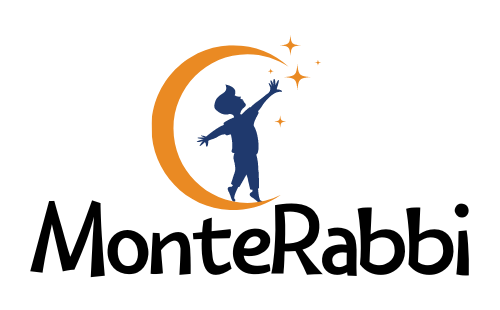Autism is a developmental disorder that can affect social interaction, verbal and nonverbal communication skills among other things. One way to help children with autism learn how to communicate more is through trampoline therapy.
In fact, trampoline therapy has been found to be very effective in calming down atypical children, fostering social interactions and getting them to vocalize more words by using it as an occupational therapy tool.
Every morning, here at our school, special education teachers are walking children with ASD around the compound. At times, the kids will be carrying bags filled with weights. They will also ask them to run around the field a few times so that they can be manageable.
The hyperactivity of ASD kids is highly felt on Mondays when the atypical kids have spent the weekend eating all manner of sweets and starchy foods at home. The teachers are the ones to deal with the hyperactivity.

One thing that has been introduced in the special needs school is a trampoline. The teachers are excited that they will be spared the morning routine of walking and running some hyperactive atypical children.
And well, research has it that trampolining can do great in containing ASD kids. In fact, the trampoline was one of the most therapists recommended sensory-based intervention (SBI) for atypical children in a study that was published in the Journal of Autism and Developmental disorders.

One barrier that was causing most patients not to uptake the SBIs was that the costs of affording the equipment were inhibitive. Others said that they did not know how to use the SBIs and would therefore require the support of the therapist.
Related: Are trampolines safe for toddlers
Another study showed that trampolining for 20 weeks was key in helping ASD children strengthen their inferior limbs while at the same time improving their motor proficiency.
16 children (3 girls and 13 boys) were placed on a test where 8 were put under trampolining for 20 weeks while the other 8 were the control group.
The kids’ motor proficiency was tested using the Bruininks–Oseretsky test at the start of the tests, on week 16, and finally at week 32.
At the end of the trampolining phase, the strength of inferior bones in the kids was tested through a long jump with no run-up whatsoever.
A guide published by rebound therapy shows that other than improving the muscle tones in kids with autism spectrum disorder, trampolining can also help the concentration of the child.
They will also enjoy the game as they expend excess energy.

How to do trampoline therapy for kids with Autism
What you will need:
- Mats or mattresses incase the kid rebounds too much and falls
- Big Trampoline or just a mini trampoline if you are on a budget.
The kids on the program need to be tested for their fine motor precision, manual dexterity, fine motor integration, speed and flexibility, balance, bilateral coordination and strength
The trampolining therapy program runs for 45 minutes per day. The 45 minutes are segmented into three: 5 minutes, 25 minutes and 5 minutes.
Related: Skybound mini trampoline for kids
The first 5 minutes are nothing but a warm-up where the child jumps and runs around while mobilizing their joints. The second is the main part where the actual trampolining happens. Here the child will be jumping on a trampoline but with guided assistance so that they do not injure themselves.
At this juncture, you will note that with each rebound the kid gets excited and could exclaim or even make verbal statements to the rebound expert.
Finally, the child goes through a social interactive setting as they help the teacher rearrange the room where the exercise was taking place.
The above therapy is for an ambulant ASD kid who is able to jump and do gymnastics on the trampoline. For kids who have physical disabilities eg are on the wheelchair or cannot use the trampoline on their own, you would have to support hoist them to the top. You could also gently rebound them so that all body parts get the effect of the trampoline.
Related: Tricks to try on a trampoline
After several weeks of doing this trampolining thing, the kid is again tested for their motor proficiency and limbs strength.
Results expected after a trampoline therapy program for autism
Results from experiments that have been done show that kids really enjoyed the trampoline therapy sessions. They also gained strength in their lower limbs and were able to do high jumps without an initial run-up.
Their fine motor skills also greatly improved. There was more emergence of language as kids got excited and making exclamations here and there as they enjoyed the rebounds on the trampoline.
Related: Best trampoline for autistic kids
Even for kids who did not show all these improvements, it was noticed that they were less hyperactive and manageable in class after a trampolining session.


